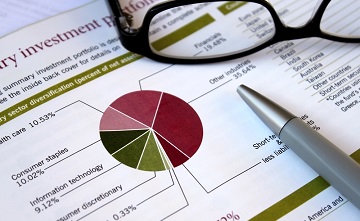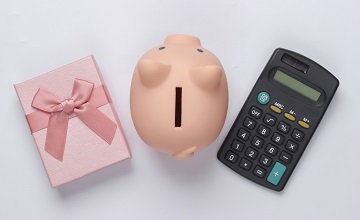What does it take to become a millionaire?
There are three key components to a successful savings strategy. The first is some surplus cash; an amount of money you can regularly set aside in your quest to become a millionaire. Second, an investment return. This can be in the form of share dividends, interest income, rent from properties or a mix. You won’t be withdrawing any of these returns from your investment portfolio; you’ll reinvest the income so that you earn interest on your interest on your interest. This so called compounding of investment returns, when combined with the next ingredient, is what will really drive your growing wealth. That final ingredient? Time. So what might your path to millionaire status look like? Let’s say you’re in your 20s and you’re prepared to wait 40 years to achieve your goal. Plug the relevant numbers into the savings goals calculator at moneysmart.gov.au and it will tell you that, at an interest rate of 10% pa and starting with a $0 balance, you’ll need to save just $157 per month to hit your target, or around a cup of barista-brewed coffee a day. Your total contribution will be $75,360. The other $924,640 is from your investment returns. No wonder that some people view compounding returns as a form of magic. The benefits of starting early can’t be stressed enough. If you only have 20 years to devote to your get-rich plan, you’ll need to save $1,306 per month. If you can afford that you’ll still be a millionaire, but $313,440 of the total will be your hard-earned money. A real return Of course, a million dollars in 40 years time won’t have the same buying power as a million bucks today. You’ll also likely pay tax on at least some of your investment income and incur some investment management fees. After accounting for inflation, tax and fees, let’s say your real rate of return is 6% pa. This lifts the price of a ticket to the real millionaires club to $500 per month over 40 years. Going for growth With your timeframe and contribution rate settled you’ll need to design an investment portfolio that is likely to deliver your required return without taking on undue risk. With a long investment horizon, and particularly in periods of low interest rates, it’s appropriate to look to growth assets such as shares and property to provide the foundation of your portfolio. And don’t be daunted every time investment markets take a bit of a tumble. Instead see them as opportunities to pick up some bargains. A helping hand To make sure you make the most of your savings, understand investment issues and utilise the best tax structure talk to your financial adviser. The information provided in this article is general in nature only and does not constitute personal financial advice.























